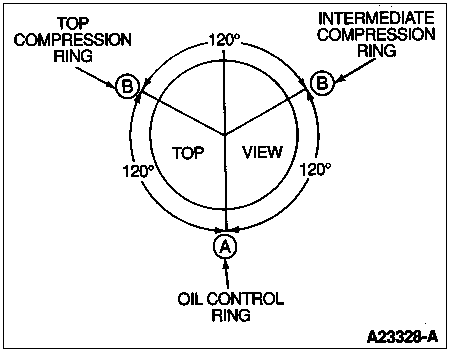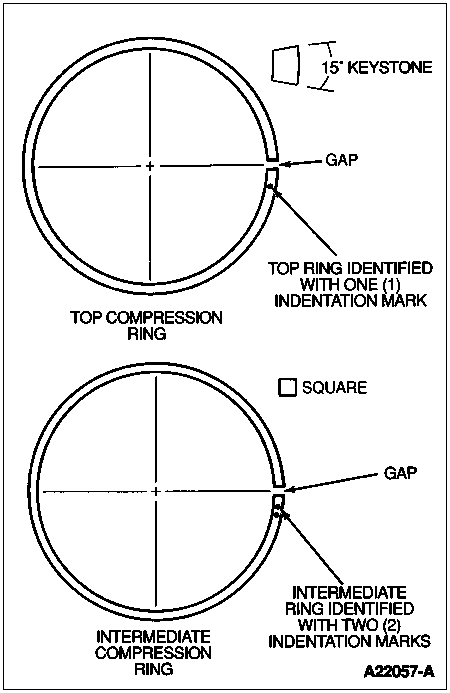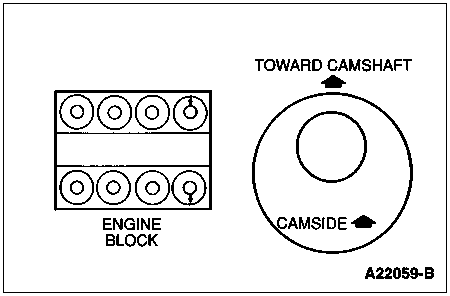![]() CAUTION: Do not use a power wrench for removing or installing connecting rod bolts (6214), or connecting rod nuts (6212). Power wrench usage will cause seizure of connecting rod bolt or connecting rod nut threads.
CAUTION: Do not use a power wrench for removing or installing connecting rod bolts (6214), or connecting rod nuts (6212). Power wrench usage will cause seizure of connecting rod bolt or connecting rod nut threads.
Remove engine from vehicle and place on an engine stand. Remove cylinder heads (6049), oil pan (6675) and oil pan.



